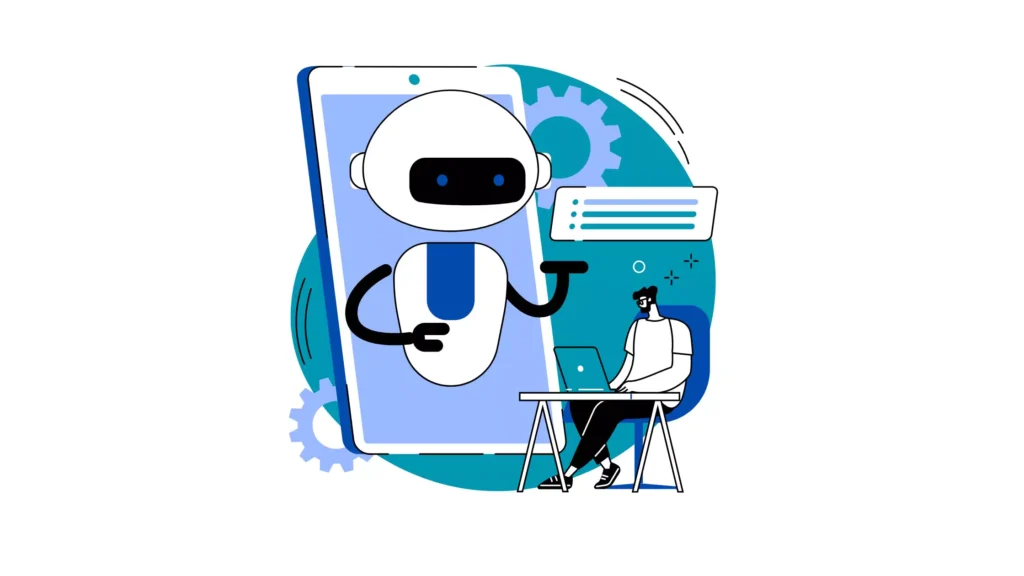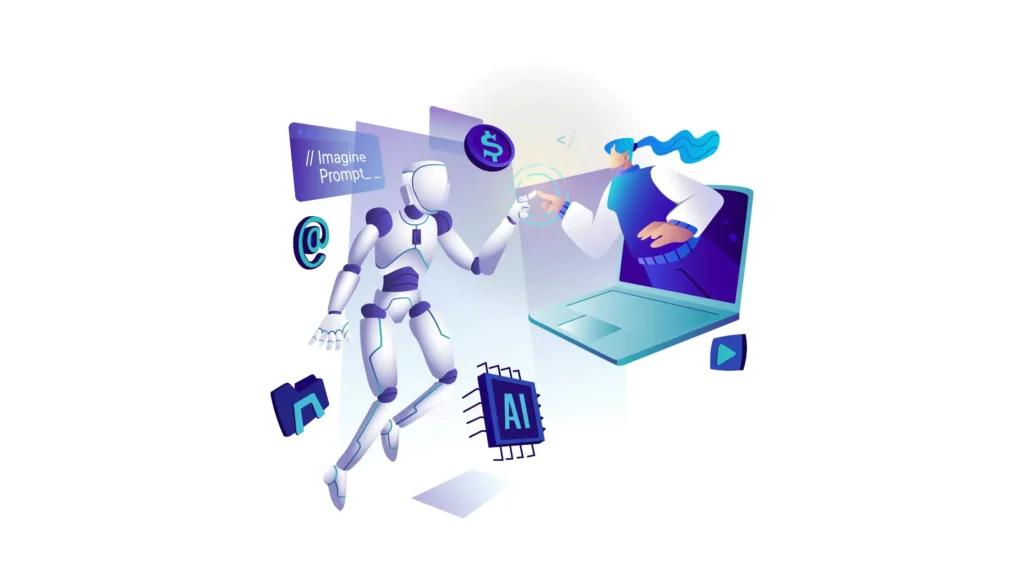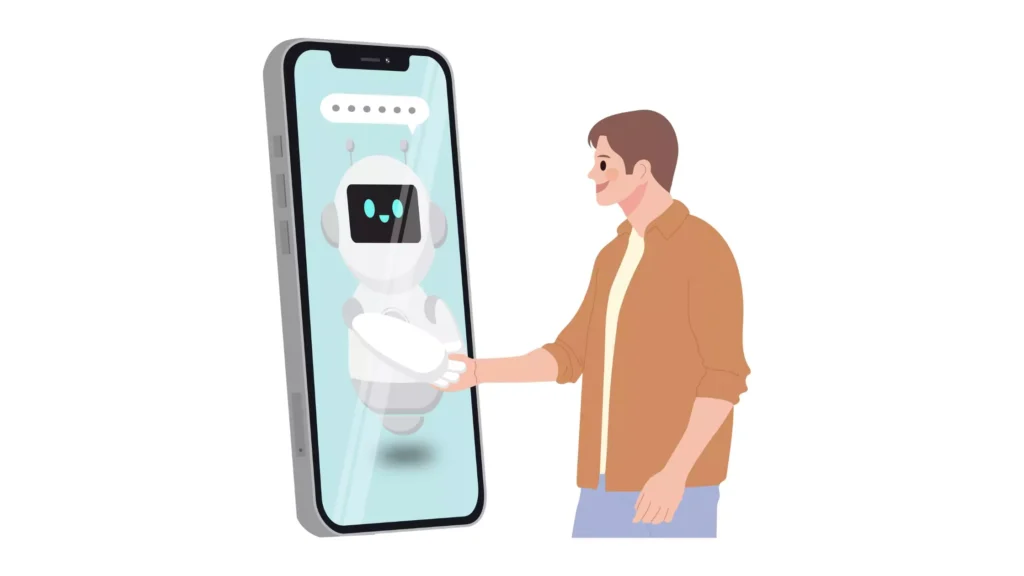Tired of those never-ending surveys that nobody wants to fill out? What if collecting feedback could be as quick and easy as a conversation? That’s where survey chatbots come in—a game-changing alternative to traditional surveys. With their engaging and interactive format, they are transforming the way businesses gather insights and feedback, making the process not just easier but also more enjoyable for everyone involved.
Understanding Survey Chatbots

Definition and Functionality
What are survey chatbots? Plainly said, they are software programs that engage in a conversation with people for information and feedback. They are virtual surveys that ask questions and record answers like their human counterparts. They should be so interactive and natural to make users’ responses very easy.
Instead, the user engages in a flow of conversation that can feel far more relaxed and less of a burden than filling out a long form. Survey chatbots capture feedback in real-time to enable a business to quickly act upon insights.
Types of Survey Chatbots
There are different types of survey chatbots, depending on the needs of the business:
- Custom chatbots: They are tailored for certain business purposes, be it customer feedback, employee satisfaction, or product research. A business could create a chatbot to collect the data they need.
- General-purpose chatbots: These are used across multiple industries. These bots are flexible and able to handle various types of surveys, from market research up to customer service inquiries.
The Role of Traditional Surveys Definition and Usage
Before the emergence of chatbots, traditional surveys dominated the landscape. These are the familiar methods we have all encountered: online forms, email questionnaires, telephone interviews, and even in-person surveys. For decades, these are trusted ways of garnering deep data in highly varied fields-from market research and political polling to customer satisfaction.
Advantages of Traditional Surveys
Traditional surveys, in this day and age, hold certain advantages: They have been well grounded and have recognizable patterns, which, in some respects, would make them relatively more accessible to use for some users. They have also had success in achieving a wide sweep of demographics from the aged to those who would be less accustomed to newer digital means of communication.
Comparisons

| Aspect | Survey Chatbots | Traditional Surveys |
| Data Collection Efficiency | Real-time data collection during conversations. Quick feedback and insights. | Time-consuming, especially with phone surveys or mailed forms. |
| User Engagement | Highly interactive, conversational, and engaging. Keeps users interested. | Often static and impersonal, leading to survey fatigue. |
| Response Rates | Higher response rates due to the ease and engagement of chat-based interactions. | Lower response rates, especially with email surveys often go unnoticed. |
Customization and Personalisation
Survey Chatbots
Where survey chatbots outshine their traditional ancestors, however, is in customization. From the words they use to how they answer customers, these bots can be honed in on your brand’s personality. They use AI to make interactions personalized through the remembrance of when someone has chatted with them before thus tailoring follow-up questions.
For instance, a custom chatbot can ask a customer follow-up questions based on previous purchases to create an extremely personalized experience. This is personalization that traditional surveys simply can’t match.
Traditional Surveys
Traditional surveys tend to be a bit more rigid. Most often, traditional surveys take on a one-size-fits-all approach, leaving little room for personal touches. They are usually static, with little leeway for follow-up questions or dynamic interaction based on previous answers.
Data Analysis
Real-time Analytics through Chatbots
One of the powerful features is real-time analytics by the survey chatbots. While responses are still coming in, businesses can already analyze the data, change some questions, or even make instantaneous improvements to their services. The very swift feedback loop allows companies to be agile in responding to customer needs.
Traditional Methods: After the Survey, the Analytical Process
Analytics of the data with traditional surveys have been slow. Once the period of surveying is closed, the collected data needs to be sorted, processed, and then analyzed-this may take days, even weeks. By the time response may be delayed, the window of opportunities to act on immediate customer feedback is lost.

Comparative Examples
A. Survey Chatbots in Action
Let’s see how survey chatbots are changing the game everywhere:
Retail Industry: Sephora’s Virtual Artist
Sephora’s chatbot will not only gather feedback but even engage the customer in suggesting various products depending on their preference and past purchases. This will amplify the customer’s shopping experience and at the same time provide valuable insights to Sephora.
Hospitality Sector: Marriott’s Chatbot
Marriott has introduced a chatbot for guest feedback. It captures real-time responses regarding the quality of the service and makes immediate amendments to the guest experience, thus enhancing satisfaction.
Healthcare: Babylon Health
Another edge of Babylon Health’s chatbot is it also collects feedback from patients through it, and hence, they can make changes required to care right away. Better service and happier patients are the only outcomes from this, and this shows the application of the chatbot in sensitive industries like healthcare.
B. Success Stories of Traditional Survey
Market Research: Nielsen Ratings
Nielsen Ratings is based on traditional surveys that provide them with just about all the information needed about audiences. Slower, yet the completeness of the information derived from traditional surveys is valued by the media firms more.
Customer Satisfaction: American Customer Satisfaction Index (ACSI)
ACSI conducts the collection of data through telephone interviews and by mailings of surveys. With broad coverage comes great detail in diversified demographics, thus making it a source for customer satisfaction data.
Political Polling: Gallup Polls
The tradition of public opinion assessment that Gallup has kept holds a great level of respect. Due to its age, it maintains a fairly dependable level of accuracy and reliability. However, this process may be rather slow in comparison to more modern and expeditious ways, such as chatbots.

Conclusion
Survey chatbots fundamentally change the way businesses receive and act upon feedback, making the process much faster, more interactive, and budget-friendly than traditional surveys. Equipped with real-time data analysis, personalization possibilities, and higher response rates, they offer indisputable benefits for businesses willing to stay agile and customer-obsessed.
That said, traditional surveys still have their place, with targeting broad demographics and where long-form responses might prove vital. It depends on what your business needs. Be it a tech-forward one, trying to institute a chatbot marketing strategy, or a business that has to rely on tried-and-true traditional surveys, knowing the strengths of both approaches is the most important thing.


